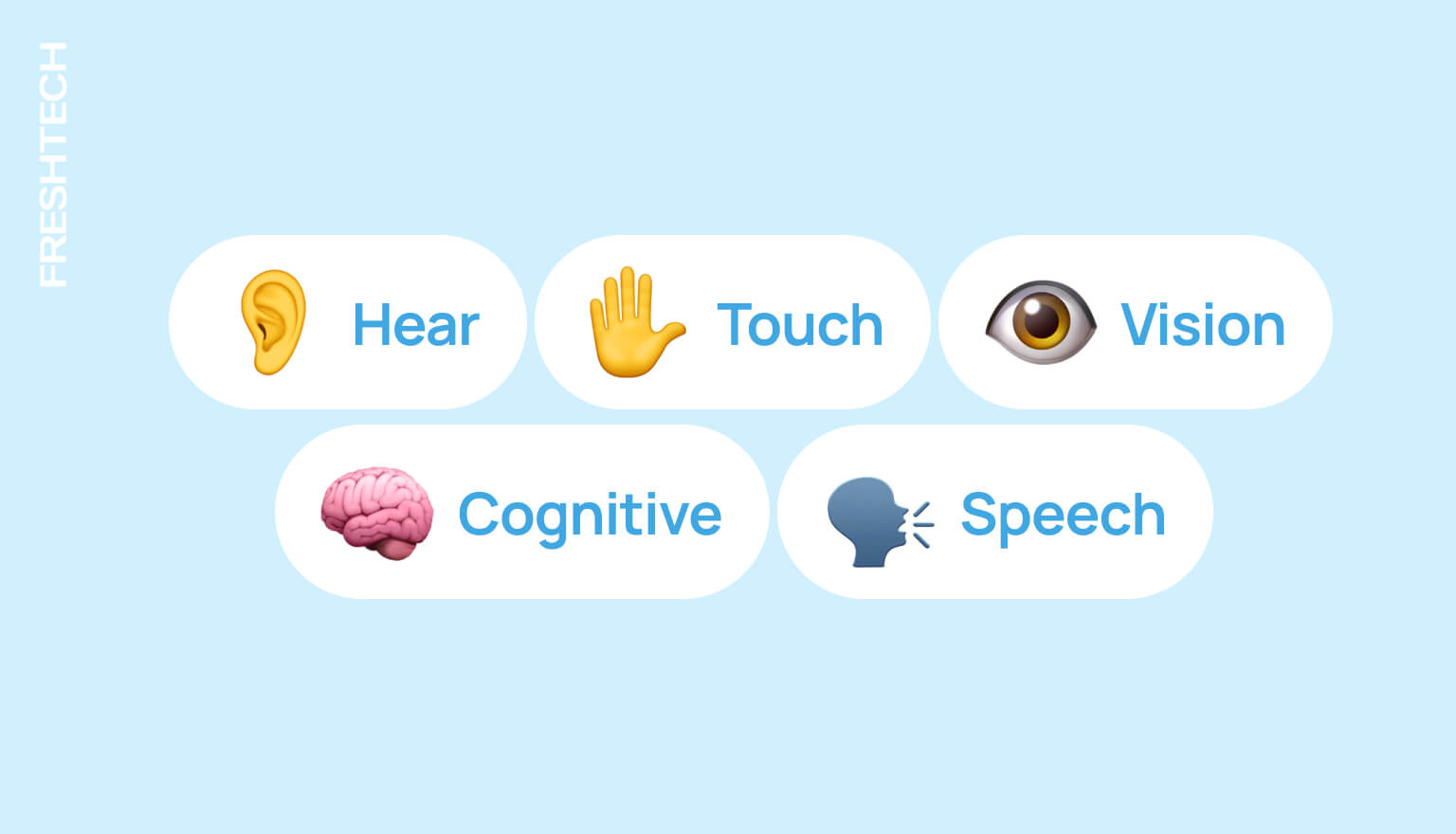Fixed Price vs. Time and Materials: How to Choose the Best Payment Model for Your Project

The choice of contract type for a project depends on its complexity, scope, requirements and risks. It also takes into account the individual business strategy, convenience for both parties and the degree of customer involvement. In this article, we will take a look at the Fixed Price and Time and Materials payment models and define their main features.
Fixed Price
The Fixed Price model is a form of agreement between a client and a service provider that sets a fixed amount of payment for work or project execution.
Main features
- The cost of services is agreed upon in advance and remains unchanged throughout the project implementation process
- Functionality and scope of work are determined at the stage of agreement between the parties
- Completion dates and deadlines are clearly established before the start of development and remain unchanged
Benefits
- Predictability of the development budget due to a fixed price
- Clear understanding of the scope of work and expected results
- The opportunity to attract investment without the risk of additional costs
Drawbacks
- Changes in requirements and delays can lead to a lack of resources to complete the project within a limited time frame
- A fixed price can make project management more complicated, as changes require additional agreements and can affect cost and schedule
- Delays or changes may result in unpleasant financial circumstances and work without additional compensation
- The Fixed Price model can become inefficient in long-term projects if the scope of work or requirements change
When to use Fixed Price model
Fixed price is the best option when the scope of work and requirements are clearly defined and stable. This model is also suitable for short-term projects where costs and lead times can be accurately predicted.
For example:
- Website or landing page design and structure development
- Creating an MVP version of a mobile application for iOS and Android
- Network security audit or infrastructure optimization
Time and Materials
The Time and Materials model is a type of agreement where the client pays for work and materials based on the actual time spent and resources used.
Main features
- The client pays the cost of an hour (or daily rate) of work of each specialist specified in the contract
- The customer also covers the costs of software and hardware required for the development
Benefits
- The flexibility of the model helps to easily make changes to the requirements and scope of work during the project implementation
- The client receives detailed information about the time spent and resources used, which ensures transparency and control over the budget
- Time and Materials provides easy adaptation to new technologies and development methods to meet changing requirements
- Time-based payment allows for efficient use of resources to ensure that costs are in line with project results
- The model does not require a lot of preparation and allows you to start working quickly without delays in resolving contract details
Drawbacks
- Excess hours or additional resources may result in unexpected costs for the client
- With no fixed price for all stages of development, cost forecasting and budget management can get more complicated
When to use Time and Materials model
This model can be profitable for unstable and changing requirements, as well as when it is difficult to predict the scope of work and timing. Time and Materials is suitable for long-term projects that require flexibility to make changes and adapt to new conditions.
For example:
- Software prototype development
- Technical support of corporate systems
- Mobile apps and video games development
- Artificial intelligence algorithms improvement
Our approach
The cost of development depends on the tasks and functionality. We offer various options for cooperation and often use a mixed type. For example: we can start working under the Fixed Price model, which clearly defines the scope and cost of work before starting development. At this stage, we will set tasks, build a transparent schedule, and develop an MVP version of the product.
The next step is to determine the areas of further work and switch to the Time and Materials payment model. Such terms of cooperation will allow you to control the implementation time and budget, along with evaluating the result at each stage of development.
Therefore, the optimal payment model requires a specific set of needs and demands. You need to consider the flexibility, cost control, and capabilities of each model to make the right decision.
If you are dreaming of launching your own project and choosing a payment model – leave your contacts in the form. Our manager will contact you and offer the best solution.




















